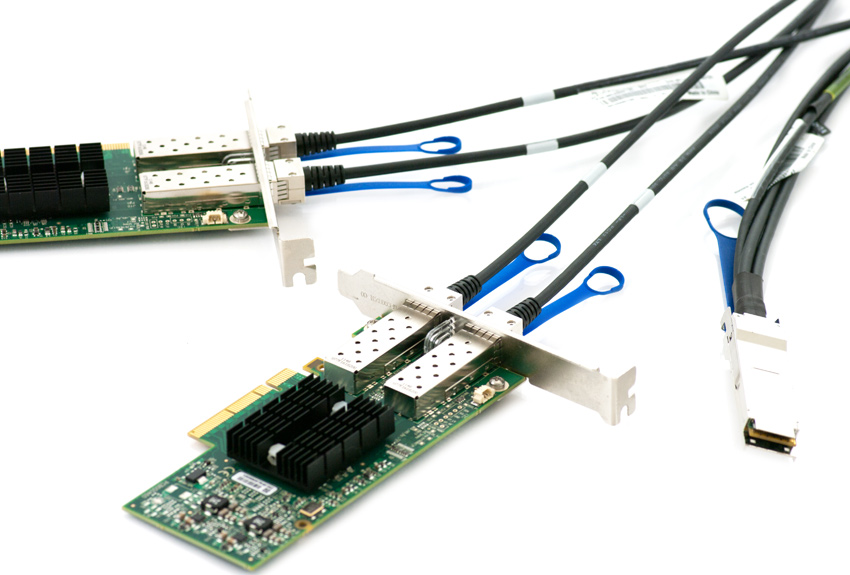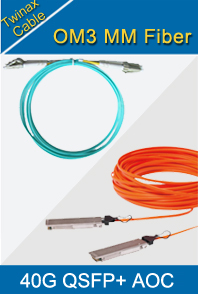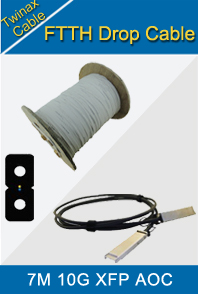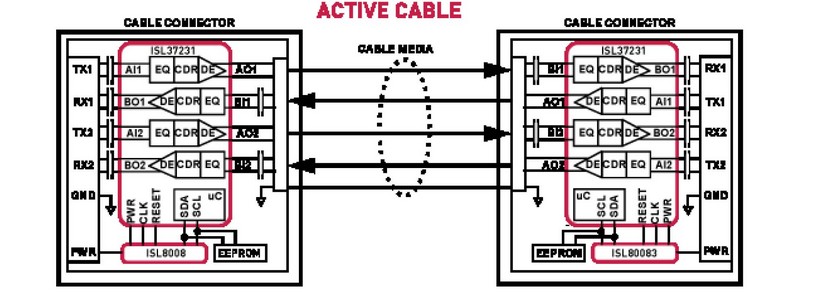-

- Sopto Home
-

- Special Topic
-

- Twinax Cable Knowledge
-

- What is Active Cable?
Twinax Cable Knowledge
- Cable Labeling as Part of Data Center Management
- How to Correctly Run cables On Servers in a Data Center?
- 4 Realities You Should Consider 10G Ethernet for Your Business
- Is it finally the end of copper?
- Why We Need Both 40G and 100G Ethernet Cable?
- What is Twisted Pair Cable?
- Benefits of Twisted Pair Cable Construction
- Why Copper Is Used in Cables?
- A Brief Look at Ethernet Cable Construction
SOPTO Special Topic
Certificate



Guarantee
Except products belongs to Bargain Shop section, all products are warranted by SOPTO only to purchasers for resale or for use in business or original equipment manufacturer, against defects in workmanship or materials under normal use (consumables, normal tear and wear excluded) for one year after date of purchase from SOPTO, unless otherwise stated...
Return Policies
Defective products will be accepted for exchange, at our discretion, within 14 days from receipt. Buyer might be requested to return the defective products to SOPTO for verification or authorized service location, as SOPTO designated, shipping costs prepaid. .....
Applications
 Twinax Cables are mainly used with PCI or PCI-E Card for the short distance interconnection in the server room.
Twinax Cables are mainly used with PCI or PCI-E Card for the short distance interconnection in the server room.
SOPTO Products
- Fiber Optic Transceiver Module
- High Speed Cable
- Fiber Optical Cable
- Fiber Optical Patch Cords
- Splitter CWDM DWDM
- PON Solution
- FTTH Box ODF Closure
- PCI-E Network Card
- Network Cables
- Fiber Optical Adapter
- Fiber Optical Attenuator
- Fiber Media Converter
- PDH Multiplexers
- Protocol Converter
- Digital Video Multiplexer
- Fiber Optical Tools
- Compatible
Related Products
Performance Feature
Stable Transmission Speed
Reliable Transmission
Various Length Selection
Wider Operating Temperature
Good for HPC
Good for Data Center
Twinax Cable Knowledge
Recommended


What is Active Cable?
Active cables are copper cables for data transmission that use a silicon chip (semiconductor) to boost the performance of the cable. Without a chip, a cable is considered a 'passive' cable. Passive cables are liable to degrade the data they carry, due to such "channel impairments" as attenuation, crosstalk and group velocity distortion. In active cables, one or several semiconductor chips are embedded in the cable to compensate for some or all of these impairments. This active boosting allows cables to be more compact, thinner, longer and transmit data faster than their passive equivalents.
Today, active cables are used to connect consumer devices such as cameras, gaming consoles and HDTVs, as well as enterprise networks which form the backbone of modern data communication systems.
The benefit of embedding chip technology in cables is a reduction in the copper used in cable production, reducing the overall form factor of the cable and reducing the weight of the cable by as much as 80%. Other benefits include longer reach and lower power consumption: active cables have demonstrated reach extensions up to 5× over simple passive cables while consuming approximately 75% less power than comparable fiber-based interconnects
Active Cable Technology
The active component in active cables is a semiconductor device which acts to boost the quality of the data signal. The most common technology used is equalization and de-skew, both forms of filtering and amplification which is applied to the signal before it leaves the connector at the end of the cable. In some cases, chips are used at both ends of an active cable where the first device actively boosts the signal before it is transmitted over the copper lines and the second chip improves the signal integrity before it leaves the end connector.

Enterprise and storage applications
Active cables play an important role in enterprise and storage applications due to the confined space and air-flow requirements in data centers and long reaches (up to 30 meters) required to make some of the rack-to-rack connections. Because active cables can facilitate thin cable gauges, a tighter bend radius results, which can give cables in these applications better routability and improved airflow.
Active cable adoption in data centers has been growing steadily. For example, as of 2010, half of SFP+ interconnect volume is in active cables (as opposed to passive copper cables and optical transceiver modules).
The advent of QSFP (Quad SFP) interconnects for 40 Gigabit Ethernet and InfiniBand is driving the widespread adoption of active cables in this form-factor as well.
Criticism
Opponents of active cable technology often criticize the fact that the electronics in an active cable design could be placed inside the connected devices instead, and an inexpensive passive cable used to connect the devices. Digital alternatives to using analog equalizers and impedance matching circuits to improve cable performance also exist, such as channel estimation or link adaptation.
Another criticism of active cables is that manufacturers may patent the electronics inside an active cable or even utilize on-chip cryptography to prevent competitors or consumers from producing their own replacement cables, and therefore enable manufacturers to monopolize the market for cables and charge consumers exorbitant prices. Active cables typically cost 5 to 10 times more than their passive counterparts. Some active cables are only produced by a single manufacturer, and sold through a single distributor. Low cable cost and high availability is desirable because cables are often inadvertently lost or damaged.
Some opponents of active cables also believe that active cables do not provide power savings for signal processing reasons, because in an active cable design, there is at least one extra integrated circuit compared to passive cable designs. This extra IC must be powered separately, when in a passive cable design, the signal processing can be integrated onto a single chip.
Related Knowledge:



